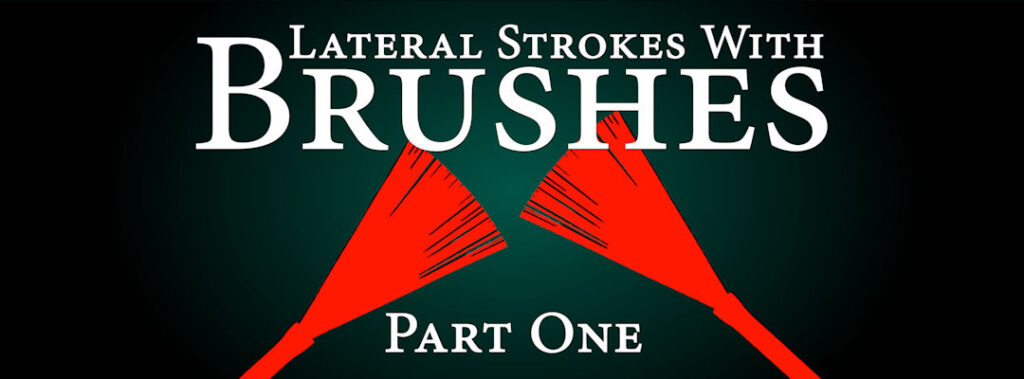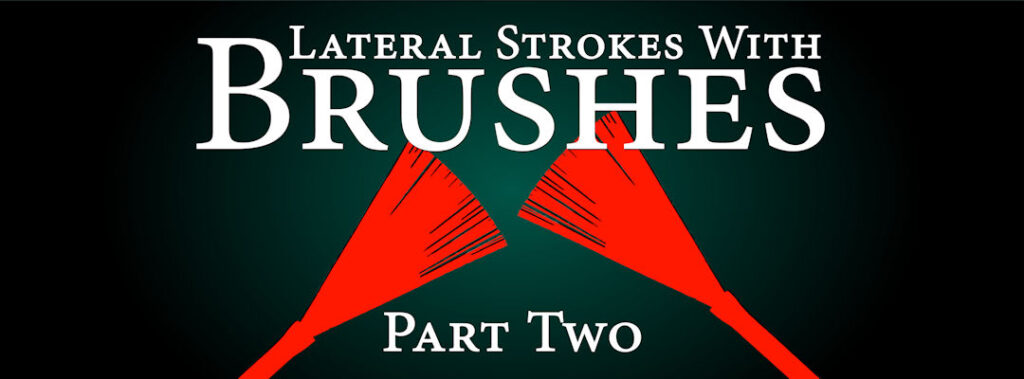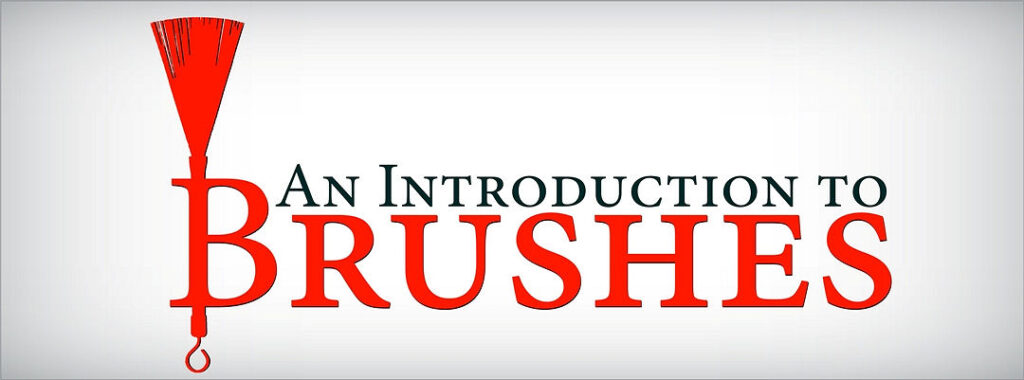(Originally posted on Nov.19, 2015 in the NYEC blog)
As a developing musician, improving your time and rhythm is one of the most important technical aspects to prioritize, regardless of what instrument you play. After all, it is thanks to time that we can make sense of music, and if we didn’t organize it in some fashion (rhythm), all we would hear would be a random collection of sounds.
When I say that time and rhythm are the “foundations of musical expression” I mean that, despite all the structures we have created (genres, styles, feels, etc.), music is still just the convergence of two things: what and when.
In this post we are talking about the latter, and if you look at music this way it is easier to grasp the importance of time and rhythm. The “whens” of music are a fundamental part of it, in all styles and for all the instruments. Even when a musician is playing rubato – which may seem like an exception to the rule – in reality he is using time as a dynamic tool: he is manipulating the perception of time in order to create an emotional reaction. That’s achieved thanks to great control of rhythm and, of course, artistic maturity.
With this in mind, I would like to share thoughts and techniques that I found useful to improve my sense of time and gain more control over my musical ideas.
Conceptual and Technical Ways to Improving Your Time and Rhythm
It all begins from the basics: rhythmic accuracy. If your rhythm is inaccurate it means that you are lacking clarity, and your general timing will suffer from it. Practicing the following can help.
Rhythmic fluency – Being able to play different rhythms (such as quarter notes, eighth notes, triplets of different kinds, quadruplets, quintuplets, and so forth) and being able to incorporate those rhythms in a dynamic musical fashion are two different things. The difference is in the process. To find out how good your rhythmic fluency is, test yourself by playing improvised mixed rhythms with a metronome and see if you can keep your pulse steady. The flow of different rhythmic ideas should be ideally bump-free. If not, isolate the rhythms or combinations of rhythms that you couldn’t play accurately, and practice them until they feel comfortable, then try this exercise again.
Similarly, Dynamic Fluency is an important and sometimes overlooked skill. Experiment with performing music while improvising varied dynamic levels, ranging from ppp to fff. Perform a mix of those dynamics the same way you did for the previous exercise. For example, a combination could be mf, ppp, ff, mp, fff. You may find that some of these transitions affect your sense of time. On most instruments playing very soft or very loud require technical adjustments, look into it.
Practicing Extreme Tempos – Being able to play well at 150 bpm doesn’t mean that you have good time if you drag or rush at 190 bpm. Practice all tempos, from very slow to very fast. Playing extremely slow requires dedication and patience, but it pays off. Some care is required with fast tempos; let your current technical level determine how far you can take it. If you can’t play correctly, then it’s too fast: it serves no one to play incredibly fast sloppy music!
Knowing the tempos – Once, master drummer Kenwood Dennard put my sense of time to the test. He asked me to play at different tempos without checking with a metronome or counting me in. The test was to see how close I would get to the actual mark. It’s good to know tempos by heart and be able to get very close to guessing actual beats per minute. This may seem like a nerdy approach, but if you have a good notion of how fast 175 bpm is, it will help you to keep your time in check while playing. You can work on it with a simple game; set the metronome on your smartphone to any tempo, then guess how fast it is (count beats in your head, tap a foot, snap your fingers) before starting it. Verify how close you got and try again with a different tempo. It’s a subway time killer, no pun intended.
In this short video Chick Corea talks about improving your feel and rhythm, watching it is definitely time well spent:
The Metronome
Practicing with a metronome is a great way to exercise correct rhythm, timekeeping, and consistency. The metronome is the musician’s friend, but there is a downside to it: it may cause dependency.
I find that once you get used to practicing with it, the metronome can become too comforting and – to some degree – its traditional use (i.e. setting it up to click on quarters) can promote laziness. Because the metronome states perfect time, once you are used to playing with it, you may inadvertently learn to fake it, meaning that instead of owning your time, you are following the metronome, even if you are right with it. At those times in which you accidentally lose your center, the metronome is there to show you the way, so all you have to do is get back on it. It’s like riding a bike without ever getting past the training wheels.
To avoid this risk, there are different ways to use the metronome and shift the weight of responsibility back onto you. The following are just a few common practices:
- Set the metronome to click only on 2 and 4 (in 4/4), or 1 and 3 (see fig.1)
- If you are working on your swing feel, set the metronome to click on the upbeats. Make sure that those clicks sound like swung upbeats. At the beginning this can be tricky, but the idea is that you are making the metronome swing as you play all the downbeats (quarters). Once the metronome is swinging, you can work your way up to more complex rhythms/melodies. Just so there is no confusion: the metronome is set up in quarters, as per its most basic setting. It’s on the player to change the way he hears the position of the clicks and play accordingly. Once again, make that metronome swing! (see fig.2)
- Set the metronome to click ONLY on 1 of the bar. For example, if you want to play 4/4 at 120 bpm, set the metronome at 30 bpm and count each click as if it was the first beat of each measure (see fig.3)
- As in point 3, set the metronome to click only once in a measure, but choose a different position: 2, 3, 4, or any of the upbeats
- Extend the space between clicks so that instead of once in a measure, it clicks once every two measures, or four, and so forth. You may need to program a drum machine for this one
- Silence the metronome and use the blink function as reference, glancing at it occasionally.
Fig.1
Fig.2
Fig.3
Experiment with your own methods of setting up the metronome in unconventional ways, and claim ownership of your timing!
Psychological Interferences
An article on timekeeping and rhythm wouldn’t be complete without touching on psychological interferences, which are the way we manage impulses and moods that arise prior to, or during, a performance.
Nervousness, stage fright, lack of interest in the music, insecurity, being too relaxed or too excited are just a few factors that can be detrimental to good time and rhythm. For instance, it is not unusual for musicians to rush when the music gets more intense and exciting.
The year I graduated from Berklee, the commencement speech was given by no less than bass legend Mr. Ron Carter. One thing he stressed was the importance of keeping your center while performing, because getting too emotionally involved with the music could affect your performance negatively. To this day I still find myself thinking about that statement from time to time. I was always drawn by artists who get lost in the moment at the cost of making mistakes. To me, that state of being always seemed to be the best in music, so I had to figure out what balance I wanted to strive for and what to make of Ron Carter’s words. The process of thinking about it helped me understand many things about my own playing.
The most easily recognizable emotional states are excitement, anger and tension, but there are subtler feelings that one may overlook, and they do affect one’s performance. Recognizing how different states of mind affect your time is the first step to gain control of it.
Because this is such an intimate process, different people find their own solutions. Like most other things, once you realize what is going on, you can address it, and most of the time self awareness constitutes a big leap forward.
Extras
The following subjects don’t apply to timekeeping and rhythm only, but because of their strong relationship with musical structures (which are – in turn – closely related to timing and rhythmic flow) I think that they are worth touching on.
Phrase Positioning – I feel that phrase positioning is an important part of one’s concept of rhythm and time. By phrase positioning, I mean where in the measure you decide to play any given musical phrase. To practice phrase positioning, create a short phrase and play it on the first beat of the bar, which will feel the most natural to you at first. Then move the same phrase to other positions in the measure while keeping its rhythm and pitches intact. Eventually that phrase will cross the barline: that’s fine. Start with something very simple and make a point of hearing how the same phrase sounds different if you displace it. This can be practiced with a metronome or with a play-along track. Practicing this exercise also brings out weaknesses in your sense of structure and cadence: make sure to never lose where the 1 of the bar is!
Macro Structures vs. Conscious Mind – Some musicians intellectualize the automatisms we establish through repeated practice and call it “Muscle Memory”. For instance, knowing the fingering of a certain scale or a certain drum rudiment so well that you don’t need to focus while performing it (your hands just execute it) are good examples of muscle memory. A non musical example of muscle memory, or automatism, is our sense of balance: we don’t need to actively think in order to walk in a straight line. In music these bits of “recorded motions” can be chunky, or extended – if you prefer the term – meaning that they constitute long musical ideas. The Conscious Mind, on the other hand, is that part of us that we attribute freewill to. That’s the part that decides what to play at any given time, and how to do it: it’s pretty much our thinking selves. When you look into this you will find that over time you have created many macro structures, and that your conscious mind can’t manipulate them at will – it can, at best, pick them up and execute them as wholes.
Let’s make an analogy and imagine that one’s performance is a wall, and one’s musical ideas are the bricks that form this wall. If you find that you are using a lot of large bricks to build your wall, you may want to look into that. To maximize musical freewill, one needs to reduce the size of those bricks by becoming more and more aware of what they are made of, splitting them into smaller parts until “the bricks” become so small that “the wall” appears to be made of a smooth uniform material. That’s a great goal to set and one of those life-long endeavors that, in my opinion, are the road to true self expression.
Good luck and remember that time is always there: it’s the canvas on which we paint our music!








